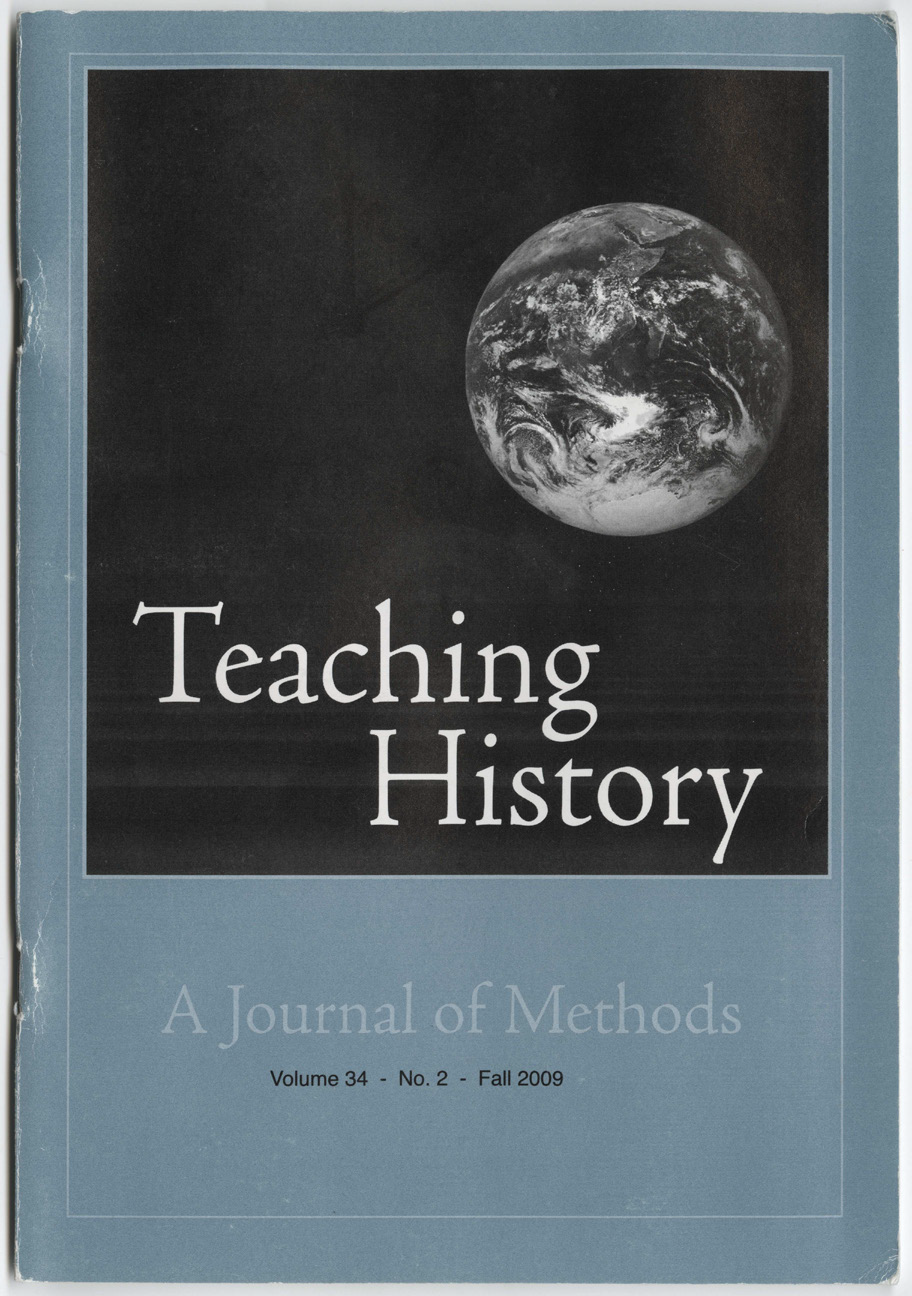Ten Commandments For Enhancing Lecturing In History
DOI:
https://doi.org/10.33043/TH.34.2.70-79Abstract
Consistent and constant criticism of the lecture method remains a staple of discussion and writing in academia. And most of the time it's deserved! The lecture has a history dating back to the first time that people needed to disseminate information. The birth and expansion of the early universities of the middle ages saw the growth of the lecture as a means to transfer knowledge. Fortunately it was joined at many colleges by "disputation," usually conducted once a week. This permitted students to engage in questions and discussion with the master (the "professor"). Despite Johann Gutenberg's invention of moveable type permitting greater distribution of knowledge, the lecture lived on. As institutions of higher learning greatly expanded worldwide in the following several centuries (particularly the twentieth), commitment to the lecture has shown no sign of slowing. Those interested in improving this aspect of their teaching might wish to consider some or all of the following suggestions for enhancing their lectures.
Downloads
Downloads
Published
How to Cite
Issue
Section
License
Copyright (c) 2009 Ray Heitzmann

This work is licensed under a Creative Commons Attribution-NonCommercial-NoDerivatives 4.0 International License.
By submitting to Teaching History, the author(s) agree to the terms of the Author Agreement. All authors retain copyrights associated with their article or review contributions. Beginning in 2019, all authors agree to make such contributions available under a Creative Commons Attribution-NonCommercial-NoDerivatives 4.0 International license upon publication.



